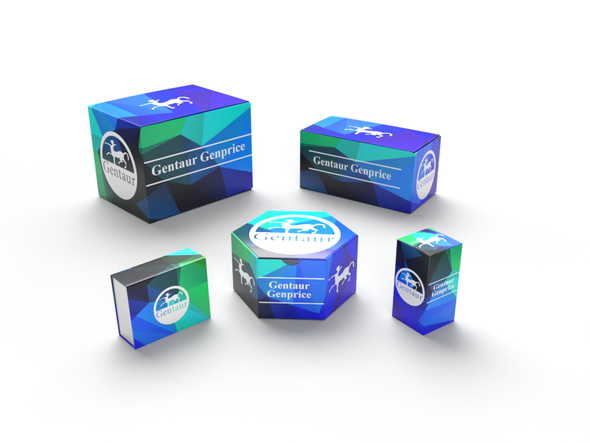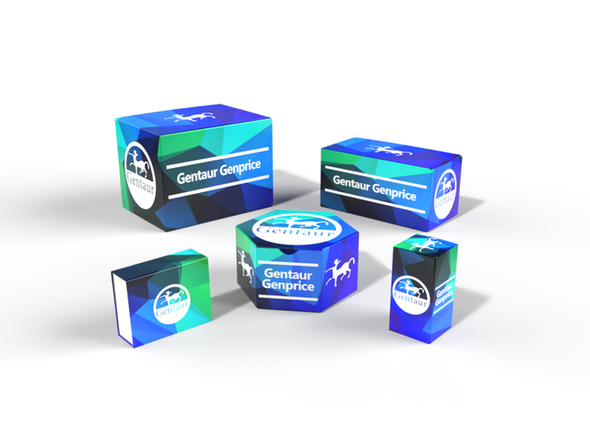740
Human Synaptojanin-1 (SYNJ1) ELISA Kit | AE16090HU
- SKU:
- 740-AE16090HU
- Availability:
- Usually ships in 5 working days
Description
Human Synaptojanin-1 (SYNJ1) ELISA Kit | AE16090HU | Gentaur UK, US & Europe Distribution
Species Reactivity: Human (Homo sapiens)
Abbreviation: SYNJ1
Alternative Name: INPP5G; inositol 5 -phosphatase (synaptojanin 1) |synaptojanin-1; polyphosphoinositide phosphatase
Application: ELISA
Range: Request Information
Sensitivity: Request Information
Intra-Assay: ≤5.2%
Inter-Assay: ≤8.6%
Recovery: 0, 97
Sample Type: Serum, Plasma, Other biological fluids
Detection Method: Sandwich
Analysis Method : Quantitive
Test Principale: This assay employs a two-site sandwich ELISA to quantitate SYNJ1 in samples. An antibody specific for SYNJ1 has been pre-coated onto a microplate. Standards and samples are pipetted into the wells and anySYNJ1 present is bound by the immobilized antibody. After removing any unbound substances, a biotin-conjugated antibody specific for SYNJ1 is added to the wells. After washing, Streptavidin conjugated Horseradish Peroxidase (HRP) is added to the wells. Following a wash to remove any unbound avidin-enzyme reagent, a substrate solution is added to the wells and color develops in proportion to the amount of SYNJ1 bound in the initial step. The color development is stopped and the intensity of the color is measured.
Product Overview: Synaptojanin-1 is a phosphatidylinositol (4, 5) -bisphosphate (PI (4, 5) P2) that has a role in clathrin-coated pit dynamics. The authors found that synaptojanin-170, an alternatively spliced isoform of SYNJ1, binds EPS15, a clathrin coat-associated protein. Binding was mediated by the C-terminal region of synaptojanin-170, which contains 3 asparagine-proline-phenylalanine (NPF) repeats. This motif had been found to be the core of the binding site for the EH domains of EPS15. These findings suggested that SYNJ1 can be recruited to clathrin-coated pits via a multiplicity of interactions.These Synj1-deficient mice exhibited neurologic defects and died shortly after birth.
Stability: The stability of ELISA kit is determined by the loss rate of activity. The loss rate of this kit is less than 5% within the expiration date under appropriate storage condition. The loss rate was determined by accelerated thermal degradation test. Keep the kit at 37°C for 4 and 7 days, and compare O.D.values of the kit kept at 37°C with that of at recommended temperature. (referring from China Biological Products Standard, which was calculated by the Arrhenius equation. For ELISA kit, 4 days storage at 37°C can be considered as 6 months at 2 - 8°C, which means 7 days at 37°C equaling 12 months at 2 - 8°C) .






